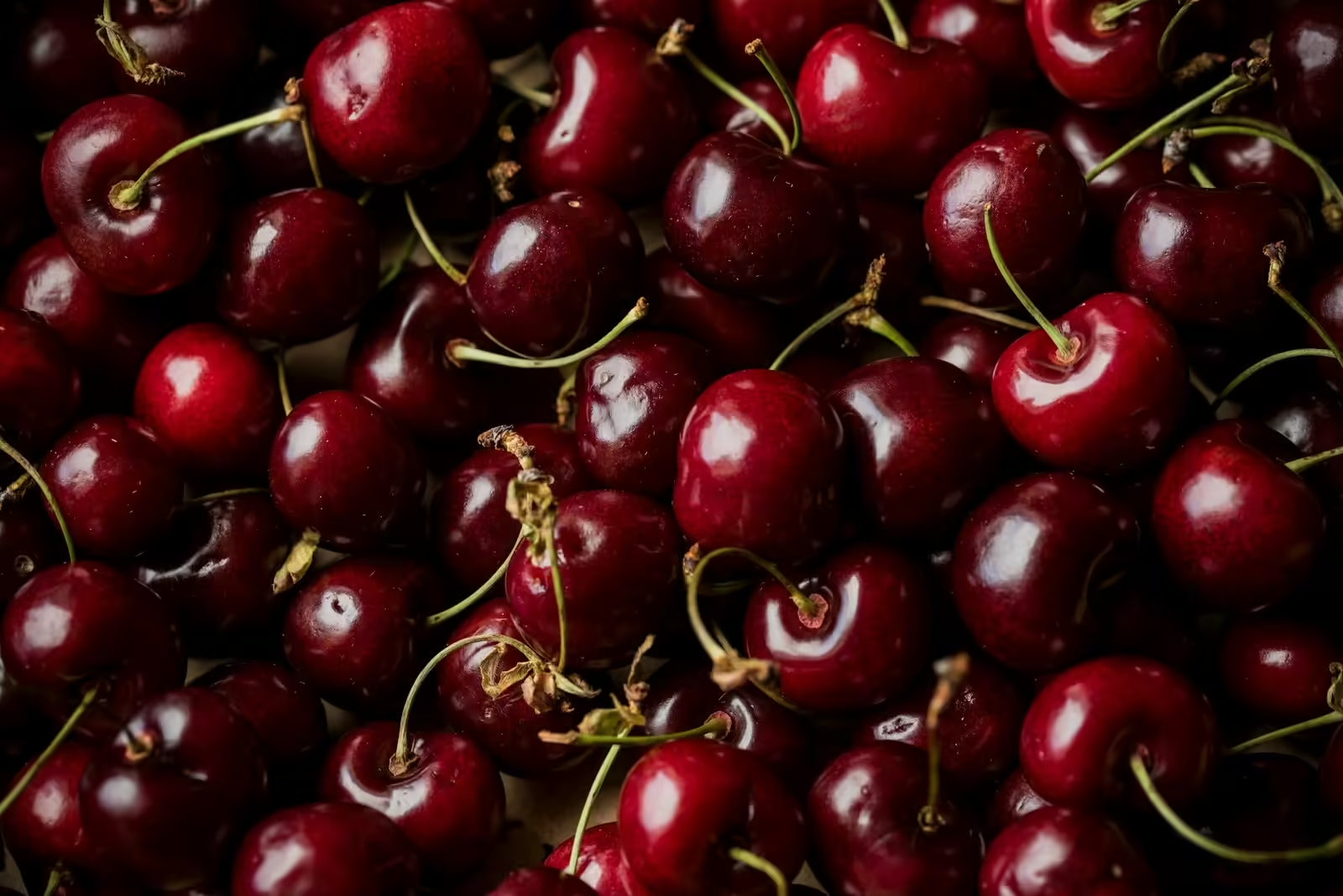
Table of Contents
For good reason, cherries are a perennial favorite among fruit enthusiasts. They are juicy, sweet and delicious at their peak. But you can also buy unsatisfactory cherries. When buying them, it’s important to know what to look for because they can be underripe and mushy or overripe and damaged. Getting rotten cherries is even more frustrating because they can be expensive.
Before buying them, you’ll also want to know the best types of cherries, cherry season dates, and the difference between tart and sweet cherries. We chatted with five experts, including chefs and nutritionists, to get the skinny on the cherry. He gave us the advice we need to know to pick cherries wisely.
So, whether you want to know how to pick the best cherries at the store, how to cook with them when you get home, or how to store them to keep them fresher for longer, our experts have you covered. Before you buy cherries, pay attention to the following points.
Read more: 7 Nuts You Should Be Eating And 7 You Shouldn’t
Choose Cherries With Their Stems Attached

When choosing cherries in the store or market, most of our experts advise them to be attached with their stems. According to Andy LaPointe of Traverse Bay Farms, who spoke to Mashed, “make sure the stem is green and firmly attached” because this “indicates freshness.”
Cherries can also retain freshness if the stem is kept in place. According to Lindsey Chastain, creator of the food, agriculture and sustainable living site The Waddle & Cluck, “If you buy stemmed varieties, you’ll live longer.”
First of all, when you’re at the grocery store, be sure to pick cherries that still have their stems attached. Once you bring them home, don’t remove the stems before you cook or eat the cherries. This will keep them fresh longer. Then, you’ll always be on your way to wonderfully ripe cherries.
Pay Attention To Color

If you want to choose cherries that are not overripe or underripe, you must observe the color, we assure you. “Usually a darker shade indicates ripeness, but stay away from extremely dark cherries as they may be overripe,” advises Tamara Earle, chef and owner of vegetarian eatery Delectablez.
The ideal color may vary depending on the type of cherry. According to Lindsay Chastain, “Ripe cherries should be deep in color, varying from deep red to golden depending on the variety.” Thus, make an informed decision based on the right color of cherry you are buying. For example, Rainier cherries have a golden yellow hue with reddish or pinkish hues. Andy LaPointe suggests choosing cherries that are “vibrant in color,” which seems like a good place to start.
A cherry will tell you it’s ready to eat when it’s the right color. Thus, when buying cherries in sealed baskets at the supermarket, this is a very useful method to determine their ripeness.
Choose Plump, Firm Cherries

“Firm and plump cherries are what you want to look for,” says Tamara Earle. Cherries with wrinkles should be avoided, she adds. Cherry maturity is indicated by firmness. When they are overripe, they may shrink, wrinkle, or lose their firmness.
According to Gotcha Hawkins of Gotcha’s Restaurant Group, “cherries that are firm, but not hard, are best.” So, even if you want them to be firm and plump, cherries that cross the line from firm to hard are probably underripe and maybe even tender. An ideal balance must be found between being too assertive and not being assertive enough.
If you have the chance, gently squeeze the cherries you’re considering buying to make sure they have the right firmness and texture (this usually happens at farmers markets where the fruit isn’t in sealed packaging). If you can’t touch them, make sure the cherries are plump and free of wrinkles or soft spots.
Avoid Cherries With Blemishes And Soft Spots

In general, overripe cherries show soft spots, bruises and blemishes. This means that they won’t be as tasty, and they can quickly become completely mushy or moldy. For best results, Tamara Earle advises “Stay away from cherries with blemishes, soft spots or wrinkles completely.” This is backed up by Lindsay Chastain, who advises to “avoid anything with scars or soft spots.”
Sorting and removing any unripe cherries is easy when you buy them in their loose form. When buying them in punnets, try to check as many of them as possible and stay away from punnets with an imperfect cherry in them. Chances are you’ve heard the saying “one bad apple spoils the bunch.” This is literally true for cherries as well. One of them Cherry rot is harmful because it can infect an entire batch, causing it to spoil more quickly than it would otherwise. That way, once you get a container of cherries home, go through them and scoop out the rotten ones.
READ | 8 Beautiful Places to see Cherry Blossoms in Spring


1 thought on “Advice before buying cherries”